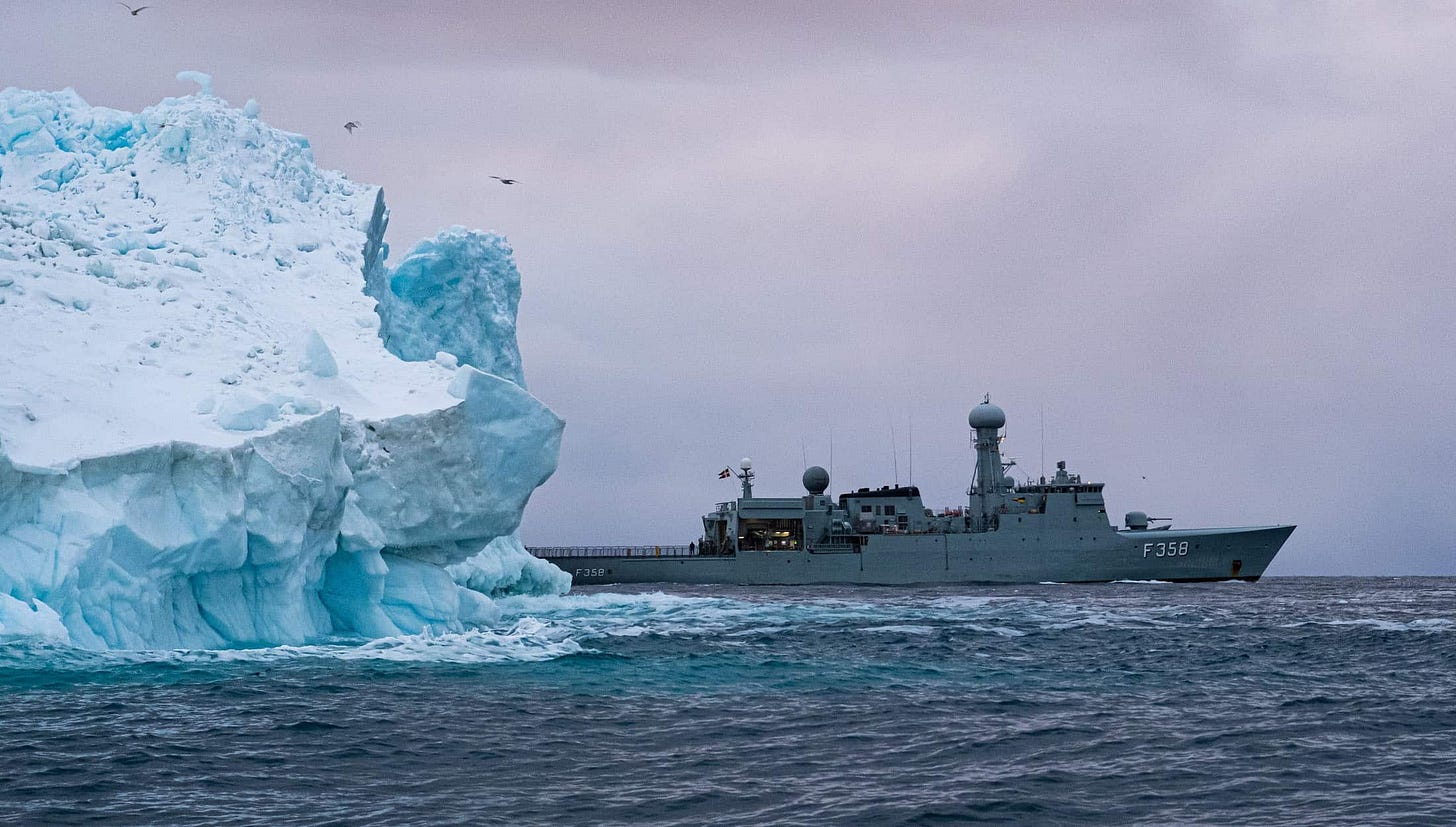Eyebrows, as well as smiles, were raised when incoming US President, Donald Trump, announced that he intended to purchase Greenland. Social media was soon filled with memes mocking the announcement and Trump’s opponents used the opportunity to reinforce their negative view of the man. Denmark rejected the offer outright initially but later, perhaps due to the threat of sanctions, signalled that Greenlanders need to make their own choice. Beneath the mockery and diplomatic jostling, however, lies an important geo-political reality that is rarely illuminated yet could re-shape global power dynamics in the coming decades.
The Arctic ice is currently receding due to climate change and beneath its frozen surface lies a treasure trove of energy reserves, minerals, and untapped economic potential. The US Geological Survey estimates that the region contains approximately 13% of the world’s undiscovered oil and 30% of its undiscovered natural gas reserves. In addition to fossil fuels, the Arctic holds large deposits of rare earth elements, gold, and diamonds—resources crucial for industries ranging from renewable energy to advanced electronics.
Simultaneously, a navigable Arctic is poised to become a major hub for global trade as melting ice opens new shipping routes. The Northern Sea Route (NSR), which hugs the Russian coastline, could cut shipping times between Europe and Asia by up to 40%. Similarly, the Northwest Passage through the Canadian Arctic could reduce travel distances between the Atlantic and Pacific Oceans. These routes promise to revolutionise global trade, much like the Suez and Panama Canals did in their time. Control over these waterways—and the ability to regulate passage—will confer immense economic and geopolitical power.
However, the Arctic is not clearly divided among nations, and this ambiguity has led to rising tensions. The region is governed by the United Nations Convention on the Law of the Sea (UNCLOS), which allows countries to claim an exclusive economic zone (EEZ) extending 200 nautical miles from their coastline. Beyond that, nations can claim additional seabed territory if they can prove that their continental shelf extends further. This has sparked a race among Arctic nations—Russia, Canada, Denmark (via Greenland), Norway, and the United States—to submit claims to the UN for control over overlapping areas.
Russia has been the most assertive player in this Arctic chess game. With the longest Arctic coastline, it has already staked its claim to vast swathes of the region, including the Lomonosov Ridge, an underwater mountain range that stretches across the Arctic Ocean. Moscow has also heavily invested in Arctic infrastructure, including military bases, icebreakers, and resource extraction projects. Russia operates over 40 icebreakers—the largest fleet in the world—giving it a significant advantage in navigating and controlling the frozen waters.
Meanwhile, the United States and Canada have lagged behind. Despite its strategic interest in the region, the US has only two operational icebreakers, compared to Russia’s formidable fleet. Similarly, Canada has been slow to modernise its Arctic capabilities, leaving large stretches of its northern territory vulnerable to competing claims. This disparity in preparedness has allowed Russia to strengthen its foothold in the Arctic and could enable it to claim even more territory unless the US and Canada step up their efforts. Thus, the Arctic risks becoming another theatre of geo-political rivalry, similar to the South China Sea.
Greenland, a self-governing territory of Denmark, is emerging as a pivotal player in the Arctic’s geopolitical struggle. Its location between North America and Europe makes it a strategic outpost for monitoring Arctic activity, controlling nearby sea routes, and countering Russian influence. Greenland’s vast natural resources, including rare earth elements and potential oil reserves, further enhance its importance. The US has long recognised Greenland’s strategic value, maintaining a key airbase at Thule, which provides critical early-warning capabilities for missile defence.
In recent years, Washington has taken steps to strengthen its relationship with Greenland. In 2019, Trump controversially proposed purchasing the island, a move dismissed by Denmark but indicative of the US’s recognition of Greenland’s importance. More recently, the US reopened its consulate in Nuuk, Greenland’s capital, and increased financial aid to the island, signalling a renewed focus on the region. A recent poll even found that 57.3% of Greenlanders now want to join the US.
Climate change further complicates the situation. As the ice melts, not only does the Arctic become more accessible, but the fragile environment also becomes more vulnerable to exploitation. The scramble for resources could lead to environmental degradation, sparking tensions between nations over sustainable practices and ecological responsibility. Indigenous communities, who have lived in the Arctic for millennia, are also caught in the crossfire, facing threats to their way of life from both climate change and industrial development.
In conclusion, the Arctic is rapidly becoming a geopolitical battleground where the interests of global powers collide. With its vast resources, emerging trade routes, and strategic significance, the region holds immense promise but also considerable risks. Greenland’s role as a strategic outpost for the US underscores the importance of securing a foothold in this contested area. However, unless Arctic nations can agree on clear rules for dividing and governing the region, the race for dominance could lead to heightened tensions, environmental degradation, and even conflict. The battle for the Arctic is far from over, and its outcome will shape the future of geopolitics in the 21st century.



